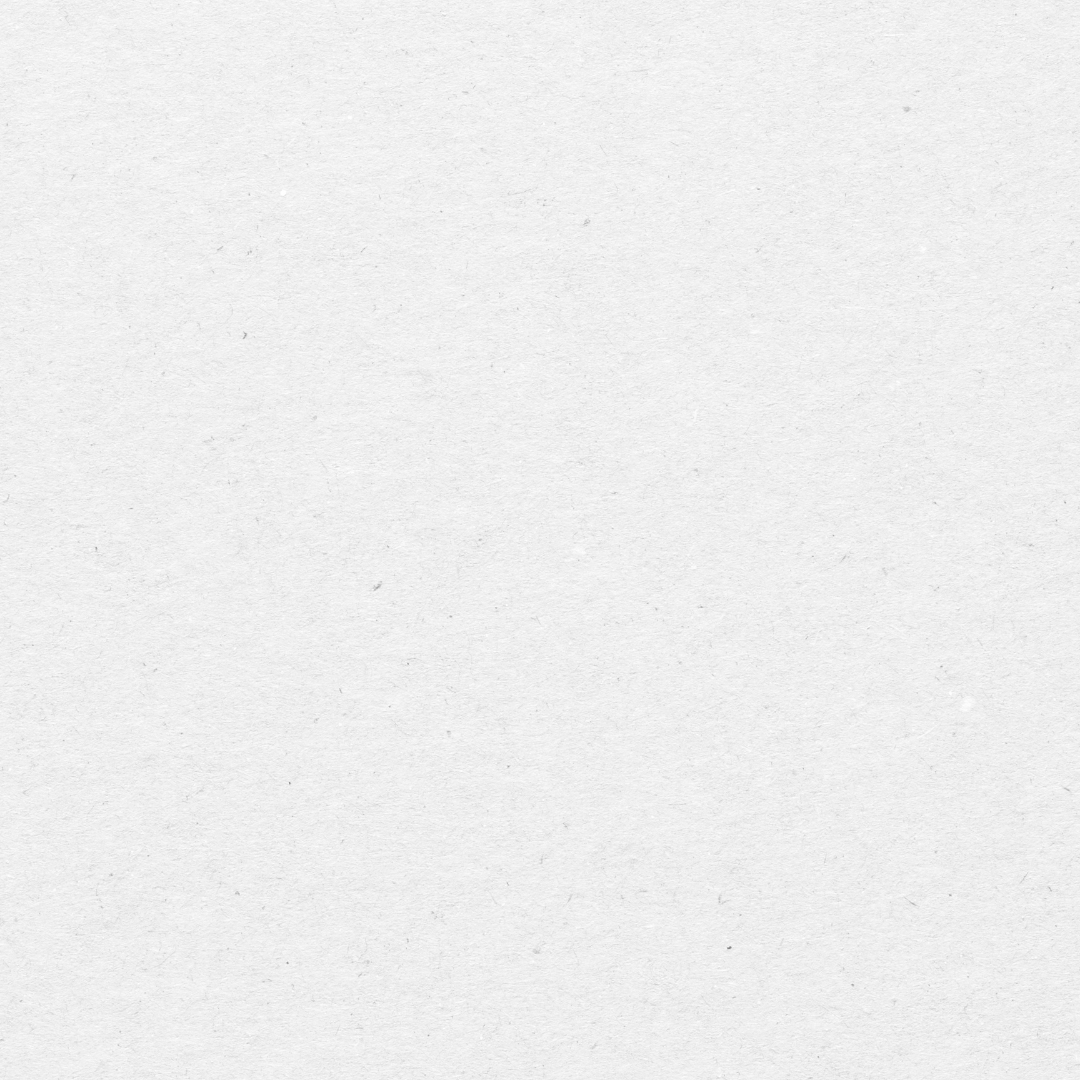似是而非
*The explanations on this page are generated by AI. Please note that they may contain inaccurate information.
1. Basic Information
- Pinyin: sì shì ér fēi
- English Translation: Specious (Seemingly right but actually wrong)
- Idiom Composition: 「似」(To seem or to be like)
+ 「是」(Right or correct) + 「而」(But or yet (a conjunction indicating a turn in meaning)) + 「非」(Wrong or incorrect) - Meaning: Describes something that appears to be correct or true on the surface but is actually false or incorrect. It is often used to describe arguments or theories that sound plausible but are logically flawed.
2. Detailed Meaning and Nuances
「似是而非」 contains the following nuances:
- Deceptive Correctness: This idiom is not used for things that are obviously wrong. The key is that it 'seems right' (似是, sì shì), which is what makes it misleading and dangerous.
- Application to Abstract Concepts: It is generally applied to abstract concepts like opinions, theories, arguments, and viewpoints rather than physical objects.
- Negative Connotation: This is a derogatory term (贬义, biǎnyì) used to criticize someone's claims or to warn others about being deceived by false logic.
3. Usage
「似是而非」 is mainly used in the following contexts:
- Criticizing arguments or claims: Used to point out that while what someone is saying sounds logical on the surface, it is fundamentally incorrect.
- Example:「他的解释听起来很有道理,其实似是而非,根本站不住脚。」
(His explanation sounds reasonable, but it is actually specious and completely lacks a solid foundation.)
- Example:「他的解释听起来很有道理,其实似是而非,根本站不住脚。」
- Identifying false information: Used when discussing common myths or inaccurate knowledge that is widely believed to be true.
- Example:「网上流传着很多似是而非的健康知识,大家要小心辨别。」
(There is a lot of plausible but false health advice circulating online, so everyone needs to be careful to distinguish the truth.)
- Example:「网上流传着很多似是而非的健康知识,大家要小心辨别。」
- Describing ambiguous attitudes: Can be used to describe a state where boundaries are unclear or an answer is non-committal, though the idiom 模棱两可 (mó léng liǎng kě) is more common for this specific context.
- Example:「对于这个问题,他给出了一个似是而非的回答,让人摸不着头脑。」
(He gave a vague and ambiguous answer to this question, leaving everyone confused.)
- Example:「对于这个问题,他给出了一个似是而非的回答,让人摸不着头脑。」
Additional Examples:
- 这些观点乍一看很新颖,仔细分析就会发现全是似是而非的谬论。
(These viewpoints look novel at first glance, but a careful analysis reveals they are all specious fallacies.) - 不要被那些似是而非的数据误导了判断。
(Don't let those seemingly correct data points mislead your judgment.) - 这种似是而非的理论在学术界引起了很大的争议。
(This plausible but flawed theory has caused great controversy in the academic community.) - 很多传销组织都会用一套似是而非的逻辑来给新人洗脑。
(Many pyramid schemes use a set of specious logic to brainwash new members.)
4. Cultural Background and Notes
- Origin: This idiom comes from the chapter Jinxin II (尽心下) of the Mencius (孟子), which quotes Confucius (孔子) saying: 'I hate that which seems to be but is not' (恶似而非者). Confucius (孔子) particularly disliked people known as 'village worthies' (乡原, xiāngyuán), who appeared virtuous on the outside but lacked true character, fearing that the counterfeit would confuse the genuine.
- Modern Significance: In today's world of fake news and pseudoscience, 似是而非 (sì shì ér fēi) is frequently used to stress the importance of critical thinking and verifying the truth of information.
5. Similar and Opposite Idioms
- Similar Idioms:
- 以假乱真 (yǐ jiǎ luàn zhēn): To pass off a fake as genuine so skillfully that they cannot be distinguished.
- 鱼目混珠 (yú mù hùn zhū): Literally 'passing off fish eyes for pearls'; to mix fakes with genuine items to deceive people.
- 半真半假 (bàn zhēn bàn jiǎ): Partly true and partly false.link
- 模棱两可 (mó léng liǎng kě): To be ambiguous or equivocal, having two or more possible meanings.link
- Opposite Idioms:
- 天经地义 (tiān jīng dì yì): Right and proper; an unalterable principle that is absolutely correct and beyond doubt.link
- 不刊之论 (bù kān zhī lùn): An unassailable argument or a perfect statement that requires no correction.
- 名副其实 (míng fù qí shí): The name matches the reality.link
- 实事求是 (shí shì qiú shì): Seek truth from facts; be practical and realistic.link
6. Summary
The idiom 似是而非 (sì shì ér fēi) refers to things or arguments that are deceptive in their appearance of truth. It is a critical term used to point out contradictions in logic or to warn against being misled by superficial plausibility. It emphasizes the importance of looking beyond the surface to find the actual truth.
